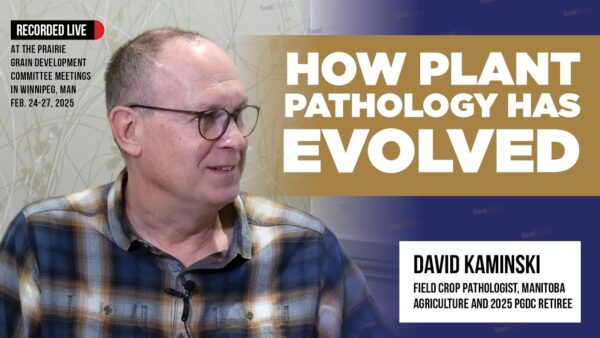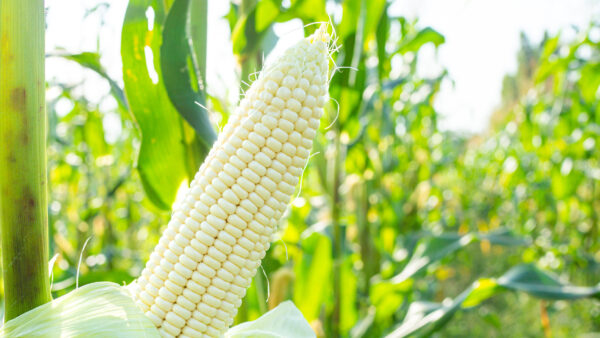What happens if genetically modified (GM) crops were banned from U.S. farm fields?_x000D_
_x000D_
A Purdue University study conducted by Wally Tyner, James and Lois Ackerman Professor of Agricultural Economics; Farzad Taheripour, research associate professor of agricultural economics; and Harry Mahaffey, an agricultural economics graduate student; set out to answer this question._x000D_
_x000D_
The economists gathered data and found that 18 million farmers in 28 countries planted about 181 million hectares of GM crops in 2014, with about 40 per cent of that in the United States. They fed the data into the Purdue developed GTAPBIO model, to examine economic consequences of changes to agricultural, energy, trade and environmental policies._x000D_
_x000D_
The model shows that if all genetically modified organisms (GMOs) in the U.S. were to be eliminated, corn yields would decline by 11.2 per cent on average, soybeans would lose 5.2 per cent of their yields, and cotton would drop by 18.6 per cent. Around 102,000 hectares of U.S. forest and pasture would have to be converted to cropland and 1.1 million hectares globally for the average case. Greenhouse gas emissions would increase significantly as more land would be needed for agricultural production, and commodity prices would rise by one to two per cent, equivalent to $14 billion to $24 billion per year. With lower crop yields that would result from no GMOs, corn prices would increase as much as 28 per cent and soybeans as much as 22 per cent, according to the study._x000D_
_x000D_
Source: Purdue University.












